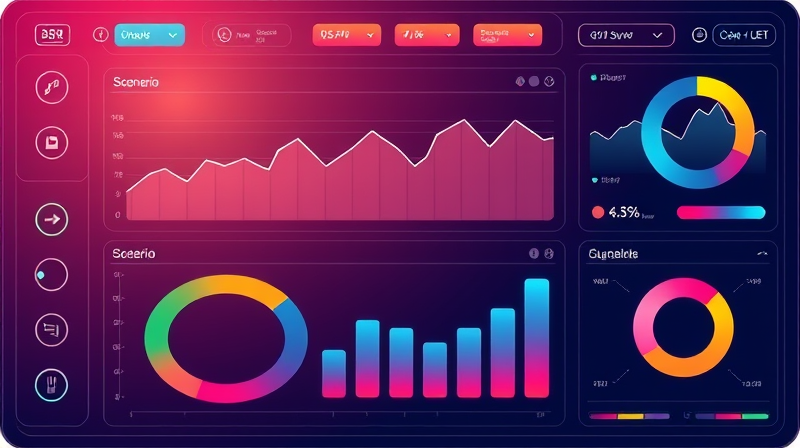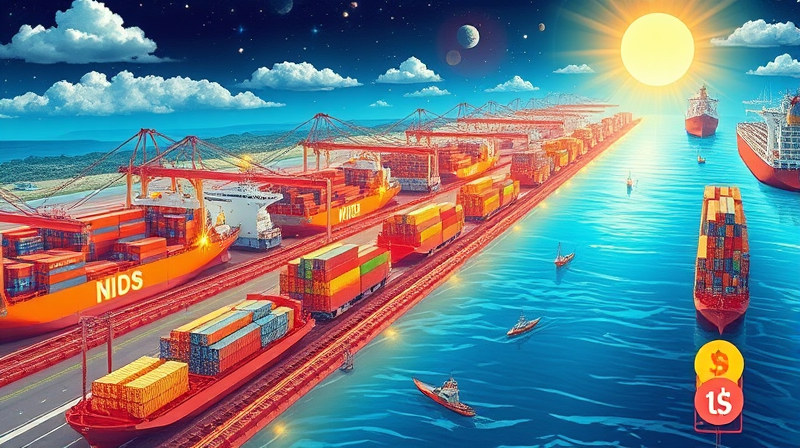
Decentralized finance, or DeFi, is transforming the way people in developing countries access and manage money. By leveraging blockchain technology, these regions are leapfrogging traditional banking systems and unlocking new opportunities for millions.
At its core, DeFi consists of financial services built on public blockchains that operate without centralized intermediaries. Users interact through smart contracts on Ethereum and other networks, gaining access to lending, borrowing, trading, and savings products.
In many underbanked regions, populations that once had no formal bank accounts now carry a global financial toolkit in their pockets. Smartphones and mobile internet enable direct access, a phenomenon often referred to as financial leapfrogging.
Global projections for DeFi are staggering: from $32.36 billion in 2025 to an estimated $1.56 trillion by 2034. Many of the fastest-growing markets are in Asia, Africa, and Latin America, where traditional infrastructure is limited.
Financial exclusion remains a critical global challenge, with 1.7 billion people unbanked. DeFi-powered wallets offer a suite of services—from microloans to on-chain insurance—without requiring a traditional bank branch.
Small and medium enterprises (SMEs) benefit from instant access to credit and savings protocols that adapt to local conditions better than rigid legacy systems. For many, decentralized options are no longer theoretical but essential tools for growth.
Several forces are accelerating DeFi uptake in developing nations:
Innovation in DeFi continues at breakneck speed, with several major trends emerging this year:
Stablecoins pegged to fiat currencies are preferred in high-inflation regions for daily payments and savings. Countries like the UAE are piloting regulated stablecoins within formal banking frameworks.
At the same time, central bank digital currencies (CBDCs) are under development in multiple emerging markets. By offering wholesale and retail digital payment rails, CBDCs aim to lower costs and enhance financial inclusion while preserving monetary sovereignty.
Despite its promise, DeFi faces hurdles in developing regions. Regulatory uncertainty persists as governments weigh consumer protection against innovation. Technical barriers—limited internet access, low digital literacy, and cybersecurity risks—require robust solutions.
DeFi insurance protocols and advanced security audits are emerging to protect users against hacks and smart contract failures. Strengthening these safeguards is crucial to maintaining trust and encouraging mass adoption.
As DeFi continues its rapid ascent, developing nations stand at the forefront of a financial revolution. By harnessing mobile-first blockchain solutions, millions are gaining reliable access to credit, savings, and global markets.
Looking ahead, the interplay between emerging regulations, advanced security measures, and institutional adoption will determine how inclusive and resilient this ecosystem becomes. Yet the core promise endures: a world where financial services are borderless, permissionless, and accessible to every individual, regardless of location or background.
For policymakers, innovators, and everyday users alike, embracing DeFi in developing markets represents not only an economic opportunity but a profound step toward equitable and sustainable growth on a global scale.
References













